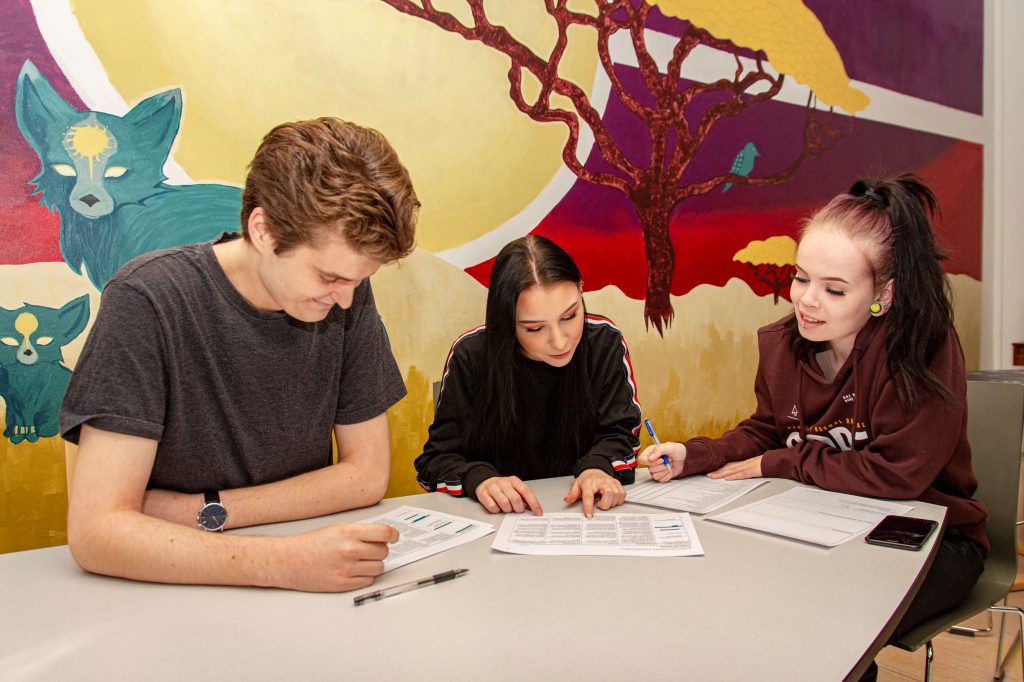Q: Please, summarize how and when SPAM started and what are its main areas and objectives?
A: The work around ‘Self and Peer Assessment Model’ (SPAM) started in 2005 after a few Finnish youth work managers visited the UK to get acquainted with Ofsted´s model of assessment. We began adapting and customizing the UK model to our context and involved youth workers in this endeavor. The main goal was to apply assessment criteria to different activities in youth work. We have criteria for open door activities, small group activities, camp activities, regional youth work and youth information and counselling. The criteria are being used in both self- assessment and peer audition. In the beginning of SPAM, youth workers from Helsinki, Espoo and Vantaa municipal youth services took part and after a few years, other cities and municipalities around Finland joined us.
Q: What is something about this model that you want to highlight? What, according to you, makes it unique?
A: The idea of peer learning is a crucial principle of SPAM. It is also of utmost importance to note that the model was created by youth workers for youth workers. However, SPAM is not only a tool for peer and self-assessment. SPAM criteria are valuable and applicable in a wide range of other activities - when you brief a new employee, when you want to describe what you do in certain youth work activities, for example - to make the work more visible for politicians or the public who are not familiar with youth work, when you want to focus on a specific topic, such as open door activities. With these criteria, we managed to create a shared meaning and understanding of what high-quality youth work is.
SPAM helps identify the strengths and areas of development of the activities. It exemplifies a quality assessment model in youth work. It is important to note that even though SPAM was created for youth workers, young people also use the criteria for evaluation of activities. Some of our partnering municipalities created their own criteria for young people who do the assessments.
